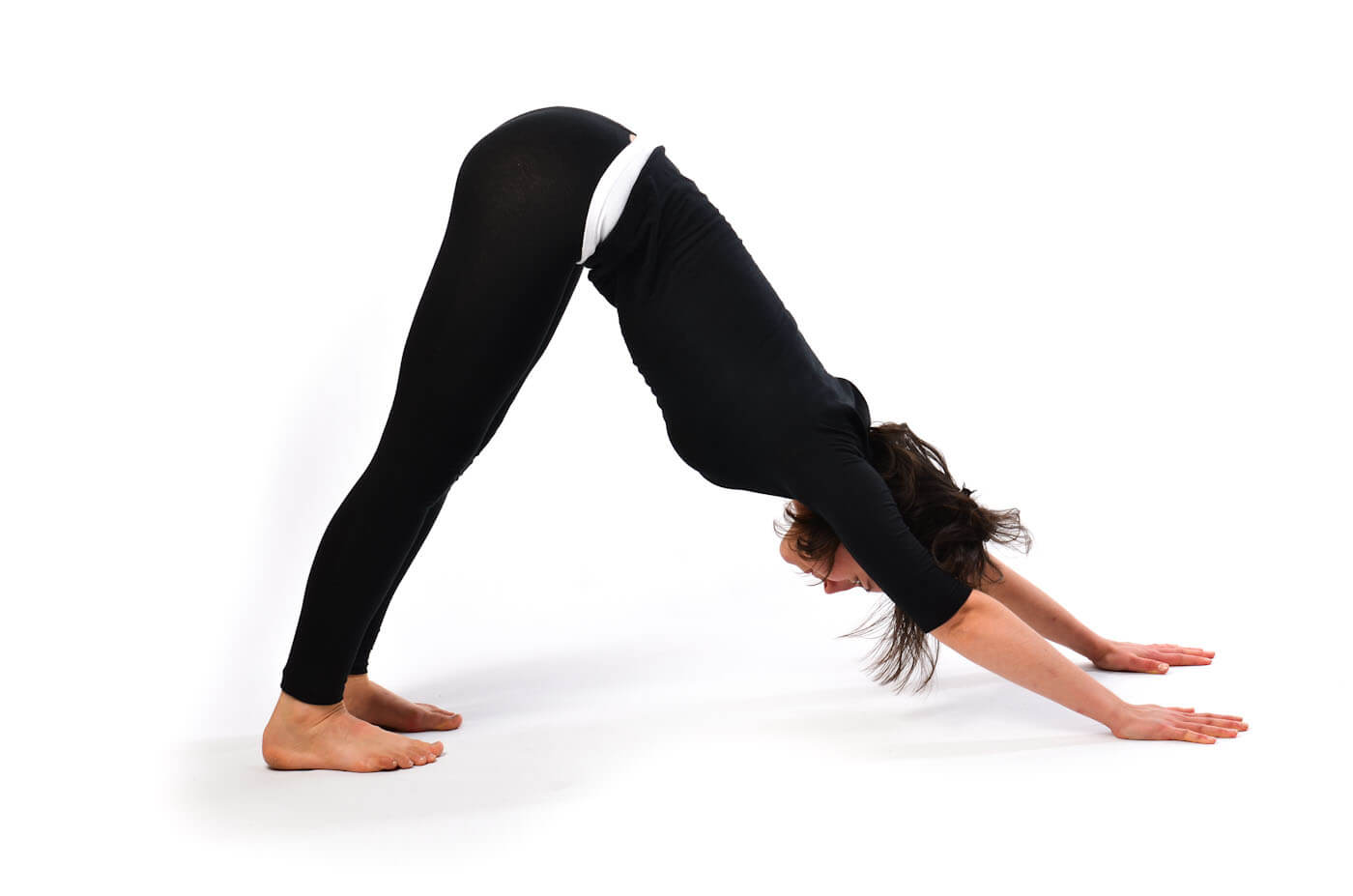
The most important element of a yoga sequence is its overall experience. These qualities should be reflected in the yoga poses that are included in the sequence. Each class should focus on a specific aspect of the practice. When sequencing yoga poses, you should consider the time of day, season, moon phase, and current events. It is important that you keep your goal in mind when sequencing yoga poses. These are some tips to create a successful yoga sequence. Choose the best poses to focus your attention in order for you to get the most from your classes.
First, decide when to teach the poses. Beginners usually find it easier to start off with a warm-up yoga sequence, but more experienced yogis can also use a yoga warm-up to avoid injury. A beginner can start by practicing part one, which involves sitting comfortably on a chair or block. Then, he or she can practice part two. For a more challenging sequence, you can add advanced variations.
Once you have chosen your peak poses, consider incorporating some stretches or meditations into the sequence. This will enable students to be more aware and understand their body alignment. Your students' needs should be considered when planning your sequence. Start with easy asanas if your classes are for beginners. During your class, it is best to practice them slowly and gradually.

Be aware of the physical requirements of students when creating the sequence. By the third or forth class, your students should be capable of performing the most difficult poses. The yoga class sequence should feel invigorating. It is important to remember that yoga is a process and not a result. The intention of yoga is to enjoy both the practice, and the journey. This will ensure that it goes smoothly. You should be truthful with your body, breath and the rest of the class.
Understanding the needs and abilities of your students is essential before you start teaching yoga. Good yoga classes should be able to guide students through poses easily and make them feel at ease. It will also give you confidence as a teacher. You should ensure that your students have the correct yoga experience. Beginners should avoid starting a class in a seated posture. After the posture, you should stretch. Avoid using the wrong postures.
Teaching yoga classes is not easy. It's important to be flexible. To teach the basics, a student who is new to yoga may require more time. Sometimes, it may be necessary to spend more effort in order to master the poses. It is important to consider the abilities of students when teaching classes. It may take a longer time for those with injuries to be comfortable with the poses.
Yoga sequences are very important and will help students reach their goals. It is vital to practice the correct postures and in the right order. It is crucial that you are able to recognize the importance of postures in yoga classes. The poses should be appropriate for you and your students. Respect your students' rights. Respecting your students' needs is essential. You won't be able teach yoga classes well if you don't know how to do it.

Using a yoga sequence is important. It allows you to incorporate the poses into a class. If you don't have a yoga class, you can practice in the comfort of your own home. Create a playlist that is most comfortable for you. This is a great way not only to teach yoga classes but also to increase your confidence. By doing this, you will feel confident in yourself and your ability as a teacher.
Your students will love creating a sequence of yoga poses. When you have a sequence that is perfect for your students, you can be sure that your students will learn how to follow it. If you practice, you will be able create a wonderful class. You'll also make your students happier and more comfortable. This is your best teaching gift. This will make sure your students have a great experience.
FAQ
How many times a week should I exercise?
It depends on how much time you have available and what type of exercise you prefer. It's a good idea to do moderate-intensity aerobic exercises 3 - 5 times per week. Don't go overboard. Consistent exercise is essential to achieving maximum benefit from your workouts.
Which exercises work best for you?
It all depends upon your fitness goals. Some people are more focused on endurance activities such as running, cycling and swimming. Some people enjoy lifting weights and using resistance bands. There are many exercise programs on the market today. You can choose the one that best suits you.
Eggs good for men
The egg is rich in all nutrients needed by the human body. It helps to maintain strong bones and healthy hearts and lungs and stabilize blood pressure.
Eggs are a great source of protein, vitamins A and B12, D. E. K, calcium, magnesium, selenium and riboflavin.
The egg yolk is high in cholesterol. The egg yolk does not contain saturated oil. Eggs are low in saturated fat compared to other foods.
They are also low calories and sodium. You can make them in any way you like. They can be poached or scrambled, baked, hard-boiled, or fried.
They are delicious and very easy to prepare.
Each day, you should consume at least 2 whole eggs. You don't have to eat eggs.
Eggs are a good source of essential nutrients for our bodies. Consider adding eggs to your daily meal plan today.
What is a good 7-day workout schedule?
A seven day exercise program should include cardiovascular training (running or biking), strength exercises (using freeweights, weight machines) and one flexibility/core workout. Each activity must be completed at least once per week. The total time for each session should not exceed 45 minutes.
Cardiovascular Exercise: Running, Biking, Swimming
It is important to complete at least 60 minutes of cardio per week. For best results, aim for 75 minutes per week. Cardio exercises can be used to increase blood flow, stimulate muscle growth, and improve blood circulation.
Strength Training
Cardio exercises target your heart and lungs. Strengthening your muscles and bones is the opposite. Strength training helps you burn calories even while resting.
Flexibility and Core Workouts
To strengthen your whole body, flexibility and core work outs are excellent ways to do so. Both yoga as well as Pilates are great choices.
Statistics
- Get free shipping and 25% off today. (healthline.com)
- 10 pounds in a month is likely during a lean bulking phase, especially for beginners. (muscleandstrength.com)
- The PRS enabled risk stratification for overall prostate cancer and lethal disease with a four-fold difference between men in the highest and lowest quartiles (HR, 4.32; 95% confidence interval [CI], 3.16-5.89). (pubmed.ncbi.nlm.nih.gov)
- Cardmembers earn 5% Back at Amazon.com with a Prime Credit Card. (amazon.com)
- Candidates and applicants must pass all four tests at 70% (minimum level) to graduate from Basic Deputy U.S. Marshal (BDUSM) Training. (usmarshals.gov)
External Links
How To
What nutrients does a man need daily?
Men require daily nutrition for healthy growth and development. The body requires vitamins, minerals, proteins, carbohydrates, fats, water, fiber, and other essential elements.
Specific nutrients are also required by the male body at different times during the day. You can see that your body uses energy to make hormones. When you awake, protein is used by your body to build muscles or repair damaged tissue.
Your body stores extra energy as glycogen and breaks down fat at night. Your body will still need nutrients, but it will require fewer calories during this time. If you feel hungry, you can have a snack in the evening.
To fuel your muscles while you train, you will need sufficient carbs as well as protein. After a hard workout, muscle soreness may occur.
You must ingest carbs and protein within two hours of training to prevent this. To get energy from glucose, your body will start to degrade stored glycogen.
Additionally, it is important to eat protein right away after your workouts are over. This prevents muscle tissue loss that happens while you sleep.
Lactic acid is produced by the body during periods of intense exercise. Lactic acid builds up in the bloodstream and causes fatigue. You can avoid this by eating carbohydrates-rich foods like fruits and veggies.
Carbohydrates provide energy for your body to recover after strenuous exercise.
A healthy diet should include lean meats such as fish, eggs and milk, cheese, yogurts, beans, seeds, nuts, and beans.
All of these foods contain high quality protein. Protein aids in muscle growth and repair of damaged tissues. Protein provides the amino acid your body needs for testosterone and sexhormone production.
You also need enough dietary fats to maintain good skin, hair, nails, and joints. Healthy men require between 20% and 35% of total caloric intake from fat.
Fat helps protect your heart health and prevents cancer. It also keeps your brain functioning properly.
You can get most of the fat you need from vegetable oils like olive oil, sunflower oil, corn oil, soybean oil, peanut oil, and safflower oil.
These oils are high-in monounsaturated, unsaturated fatty acid (MUFAs). MUFAs lower cholesterol and decrease inflammation. They protect your cells against free radical damage.
Saturated Fats (SFAs), which are mostly found in animal products like meat, butter, and dairy products, include LDL ("bad") cholesterol. SFAs increase LDL ("bad") cholesterol, and increase triglycerides. They promote weight gain and abdominal fat.
Polyunsaturated oil (PUFAs), which are plant-based, can be found in vegetable oils, nuts seeds, grains, and other plant-based products. PUFAs improve cardiovascular function and decrease inflammation. They also help control blood sugar and cholesterol.
Men with low HDL ("good") cholesterol often suffer from erectile dysfunction. A high intake of saturated fats leads to higher levels of bad cholesterol.
Men who eat a lot of red meat or pork develop prostate problems because they contain large amounts of nitrates. When heated, nitrates are converted to nitrosamines. These compounds cause cancer.
Most processed meats contain nitrites or other harmful chemicals. Avoid them.
The American Heart Association suggests that no more than two servings per week of red meat should be consumed. Instead, choose poultry or fish, beans, tofu and whole grain bread.